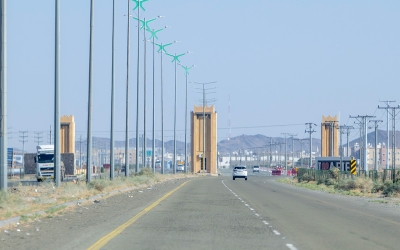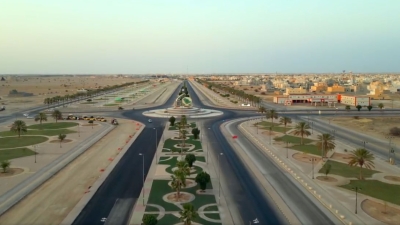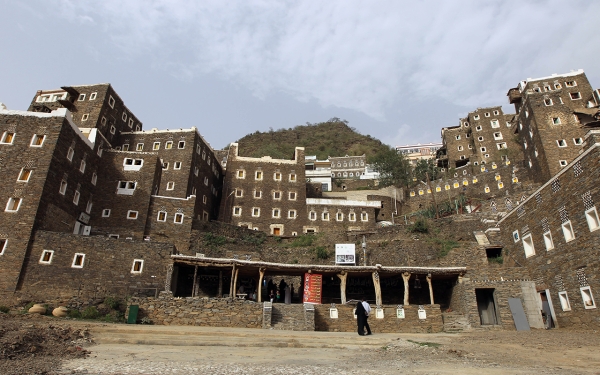
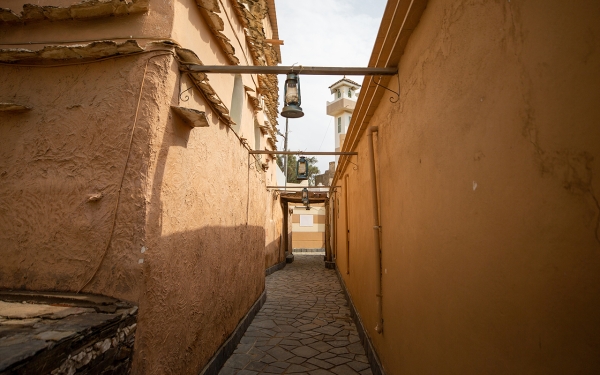

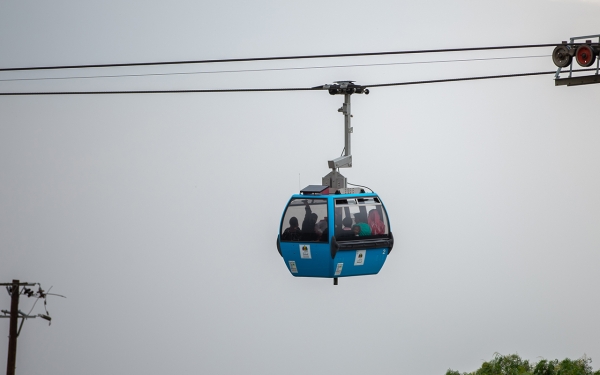
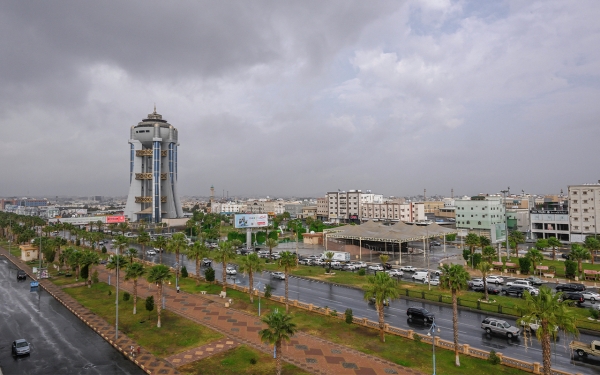
Aseer Province (romanized: Minṭaqat ʻAsīr) is one of the thirteen administrative regions of the Kingdom of Saudi Arabia, the fifth in terms of population, and the tenth in terms of surface area. It was administratively formed in 1992 and is located southwest of the Kingdom. It is bordered from the east by Najran Province, from the south by Jazan Province and part of the Republic of Yemen, from the north by Makkah al-Mukarramah and al-Bahah provinces, and from the northeast by Riyadh Province. It also overlooks the Red Sea from the west. It has an area of eighty thousand km, equivalent to 4.1 percent of the Kingdom’s territory.
Geography of Aseer Province
Aseer Province is one of five provinces in the Kingdom with a population exceeding the two million mark and the third in terms of highest population density, at twenty-five persons per km of its territory. The population of Aseer Province is 2,024,285 people, equivalent to 6.3 percent of the Kingdom's total population, 71.4 percent majority of them are Saudis.
Seventeen governorates fall under the geographical and administrative scope of Aseer Province, in addition to the city of Abha, the administrative capital, namely: Khamis Mushait, Bisha, al-Namas, Muhayil, Sarat Abidah, Tathleeth, Rijal Almaa, Ahad Rafidah, Dhahran al Janub, Balqarn, al-Majardah, Tanomah, Turaib, Bareq, al-Barak, al-Amwah, and al-Harajah. The province is administratively affiliated with 128 centers and its governor is Prince Turki Bin Talal Bin Abdulaziz Al Saud since 2018.
On December 12, 2023, a Royal Order was issued appointing Prince Khalid Bin Sattam Bin Saud Bin Abdulaziz as deputy governor of Aseer Province in the excellent rank.
Climate of Aseer Province
The province's climate is relatively cold during the winter and mild in the summer, with August temperatures not exceeding twenty-four degrees Celsius, which is low compared to average temperatures in other provinces of the Kingdom. Because seasonal winds blow across the province, rainfall is frequent, rainstorms are not uncommon, and they happen mostly in parts higher than sea level.
The Administrative Capital of Aseer Province.
The city of Abha is the administrative capital and the seat of the emirate, with urban areas in Aseer Province leading in terms of the number of public services. However, only 20.9 percent of the province’s population live in Abha and 29.7 percent are concentrated in Khamis Mushait Governorate.
Aseer Province contains the Abha International Airport in the administrative capital, Abha, with a capacity of 1.1 million passengers per year.
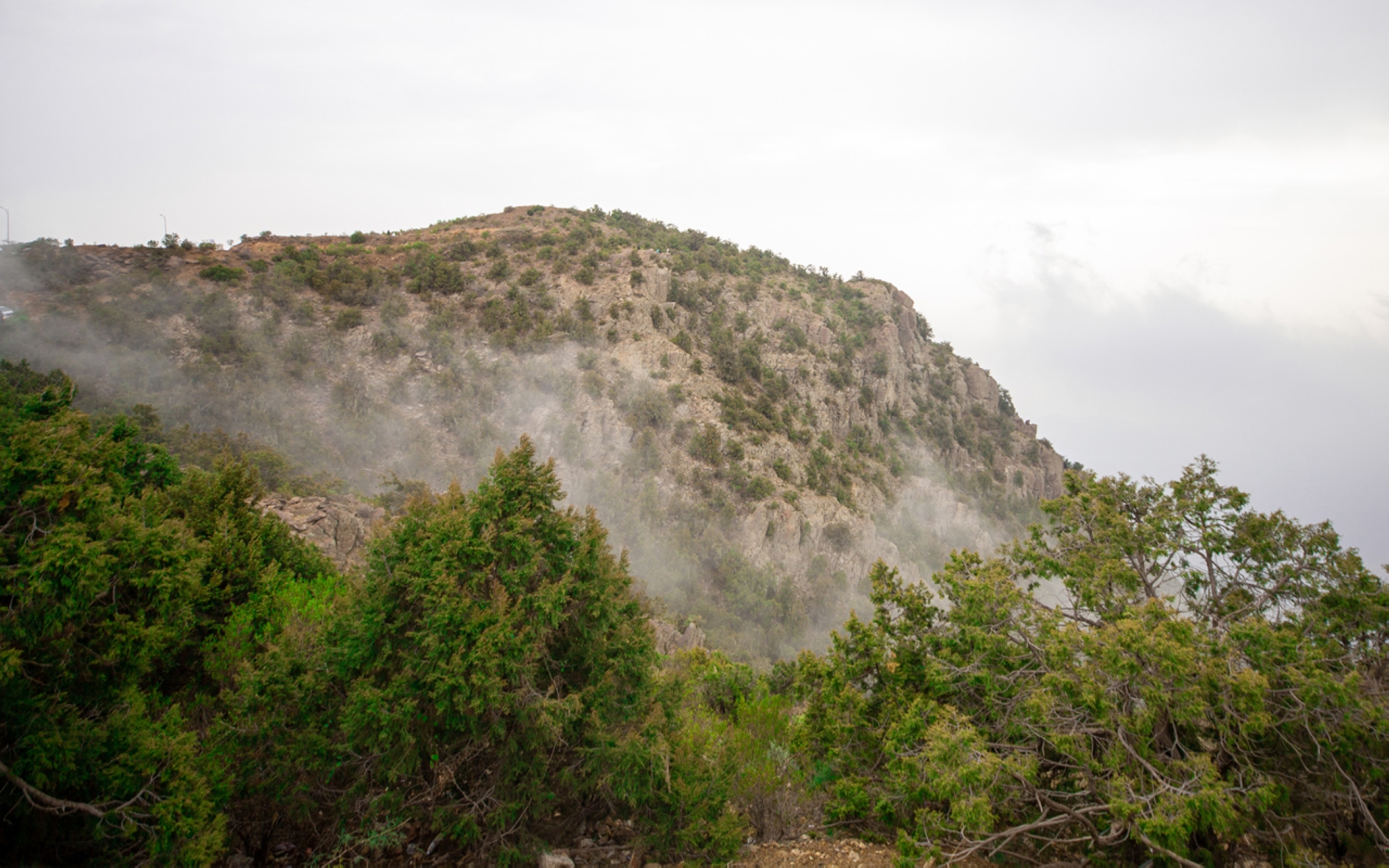
Mountains and lavabeds in Aseer Province
Aseer Province has a wide range of recreational opportunities by virtue of its diverse geographic nature, combining plains, coastlines, and mountains. It includes the twelve highest mountain peaks in the Kingdom, the highest being Jabal Sawda, west of Abha, soaring 3,015 m above sea level.
Lavabeds represent 2.5 percent of Aseer Province’s area, some of which are thirty million years old. Eight of the Kingdom's valleys pass through its territory, and the province is the lowest in the Kingdom in the proportion of sand clusters, representing just 1 percent of the total sand clusters in the Kingdom.
Canyons and mountain path of Aseer Province
Aseer Province is classified as a mountainous region, with 29 percent of the mountains of the Kingdom falling within its territory. It is a series of mountains punctuated by rugged canyons and mountain paths. Aseer got its name from its rugged terrain. However, Aseer Province is fifth among the provinces of the Kingdom in terms of the longest roads, at 5,259 km long, the longest of which is the road connecting Abha to Makkah al-Mukarramah and Najran provinces.
Aseer Province has a 140-km-long waterfront, and three of the province's governorates fall on the Red Sea coast: Rijal Almaa, Muhayil, and al-Barak, but only 15 percent of its population lives on the coast. The province is characterized by varying highlands on its territory, acting as vistas for tourists, long-lying valleys, and a mild climate year-round, making it a tourist destination among the Kingdom and Arabian Gulf countries.
Aseer between the past and the present
To this day, the province's heritage is reflected in local manifestations of life through inscriptions adorning the facades of buildings, roads, collectibles, and household utensils. Hence, the province drew global attention after al-Qatt al-Asiri artistic inscriptions were added to UNESCO's Lists of Intangible Cultural Heritage. Popular fashion, renowned for its preference for black and red, continues to be worn in the region, with some changes, and represents a prevalent dress trend in a large cross-section of society in Aseer.
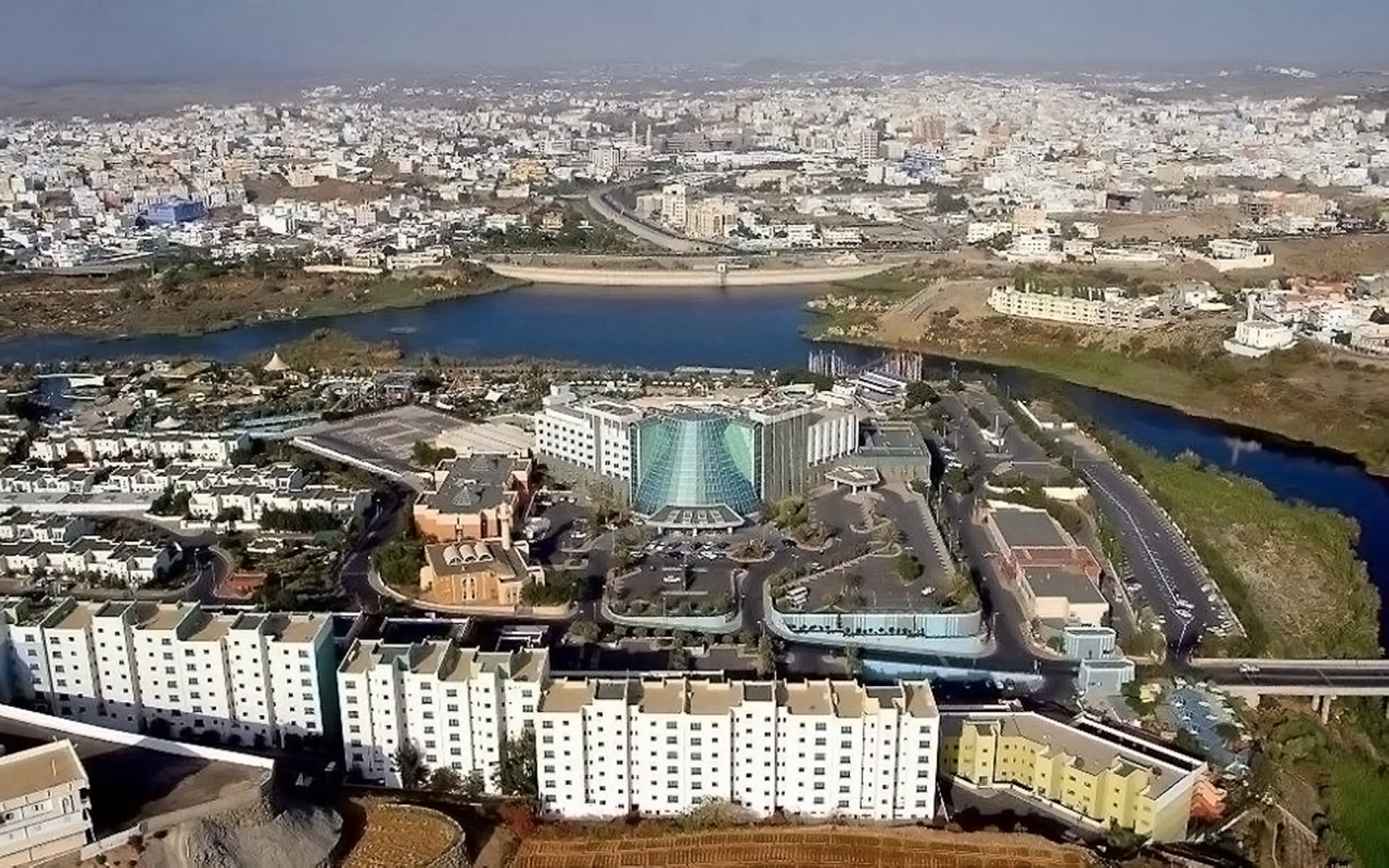
Monuments in Aseer Province
There are 4,275 historical villages in Aseer Province. To the west of the city of Abha lies the village of al-Muftaha, which is the cultural heritage icon of the province's identity. More than thirty years ago, it was transformed into a landmark and tourist attraction. It is an old village and tourist destination that retains the province's heritage and includes the King Fahd Cultural Center and the Talal Madah Theater, the largest theater in the Kingdom.
To the west of the area, forty-five km from the seat of the emirate, lies the historical village of Rijal Almaa, situated in the foothills. It comprises eight serried palaces up to six stories high, decorated from the outside with white quartz and from the inside with al-Qatt al-Asiri inscriptions.
Related quizzes
Related articles

